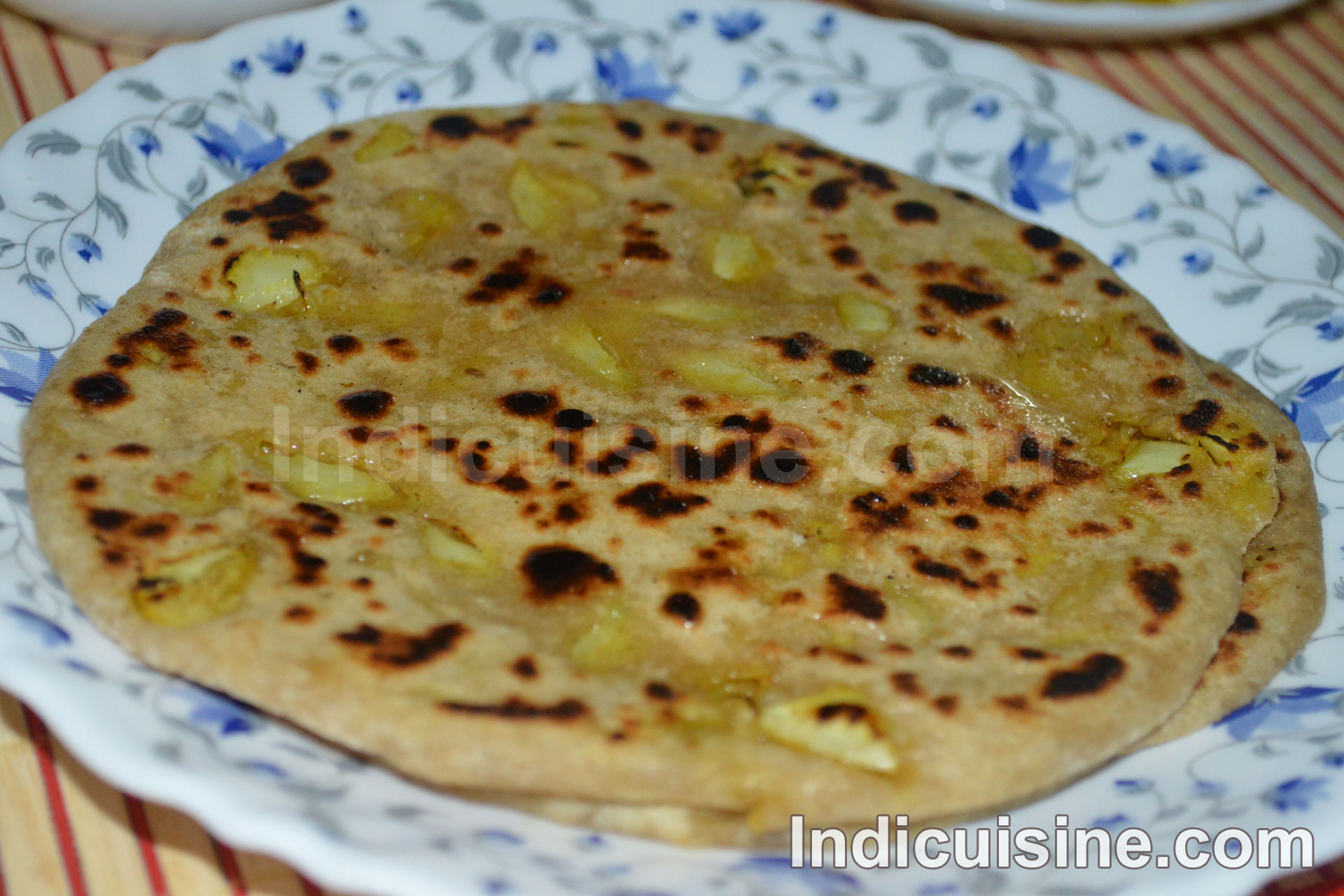Cabbage Paratha is a flavorful Indian flatbread filled with spiced cabbage. It’s a great way to incorporate more vegetables into your diet while enjoying a warm, satisfying meal. This paratha is easy to make, and you can serve it with yogurt, chutney, or curry for a wholesome meal. The cabbage filling adds a nice crunch and flavor while the paratha itself is soft and fluffy.
Cabbage Paratha Recipe

This cabbage paratha is a delicious Indian flatbread stuffed with spiced cabbage. A perfect breakfast, lunch, or dinner option, this paratha is easy to make and full of flavor.
Ingredients
For the dough:
- 1 cup whole wheat flour (e.g., Dove Farm Organic Whole Wheat Flour)
- 1/4 teaspoon salt (adjust to taste)
- 1 tablespoon oil (optional, for softer dough)
- Water (as needed, for kneading)
Optional Ingredients
Optional for cooking:
- Ghee or oil (for frying the paratha)
Instructions
- Knead the dough in a large bowl and cover it for 15 minutes to rest.
- Heat 1 teaspoon oil in a pan and roast some cumin seeds.
- Once the cumin is roasted, add finely chopped cabbage.
- Now add red chili powder, finely chopped green chilies, turmeric, and salt. Mix everything well and cook the cabbage slightly.
- Turn off the heat and let the cabbage stuffing cool a bit.
- Make small dough balls and roll them out to the size of a puri.
- Place 2 teaspoons of the cabbage stuffing in the center, gather the edges, and seal it well.
- Dust with a little dry flour and roll it again to the size of a roti.
- Heat a tawa (griddle) and place the rolled paratha on it to cook slightly.
- Flip it once it starts cooking, apply ghee on both sides, and cook until golden brown.
- Serve the hot cabbage parathas fresh off the pan.
Chef’s Tips
- Adding sweetness: Add finely grated carrots to the filling to enhance sweetness and flavor.
- Flour variations: You can use multigrain flour for a more fiber-rich dough or try adding a bit of chickpea flour for extra protein.
- Spice it up: Add more green chilies or red chili powder to make the paratha spicier.
- Vegan option: Replace ghee with vegetable oil for a vegan version.
